The Solace of Enduring Design
You’ve heard me talk about Bauhaus and L’Esprit Nouveau in past posts. As I suggested in 3Fold, Both schools evoke significant moments in the development of modern design, as their philosophies and adherents (Miles Van der Rohe, I.M. Pei, and Alvar Aalto, to name some biggies) embraced an aesthetic of spare, unembellished forms and maximal functionality.
Platner Collection. Designed by Warren Platner. Manufactured by Knoll.
The idea was that the aesthetic should emerge from the structure, rather than as a “second layer” of superfluous decoration; thus, much of the architecture of the age(s) featured an emphasis on unadorned glass and steel. In 1967-the dawn of an era of widespread acceptance of these new minimalist forms-a new voice emerged as a disciple of Rohe, Pei, et al.: American born and Cornell-educated Warren Platner. Taking his cue from mentors Raymond Loewy, Eero Saarinen and Pei, Platner worked on such icons of modern architecture as the Ford Foundation headquarters, the Georg Jensen Design Center and the original Windows on the World restaurant in the twin towers. But he’s perhaps best-known for the more portable pieces; namely, the Platner Collection of Lounge Chairs, Dining, and Low Tables.

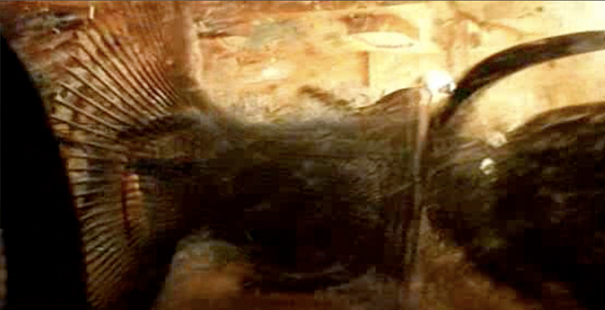
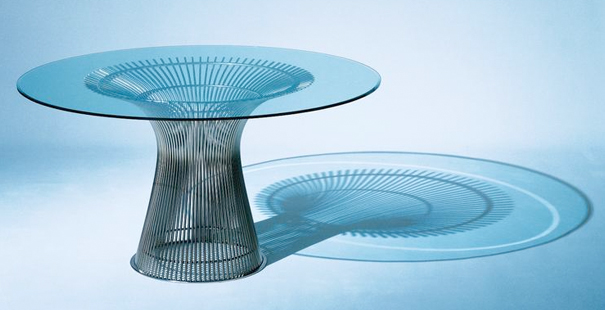
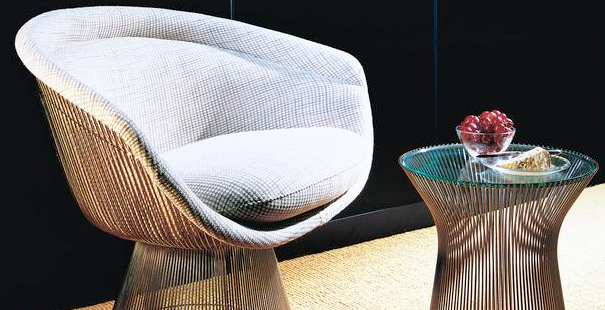
Having avowed an intention to "make the structure so the ornamental details are built into it as functional elements," Platner employed thin strands of steel wire as the supportive structure for an impressive array of chairs, tables, and stools. Each of these pieces features a supporting base of clear extruded plastic, out of which sprout hundreds of vertical steel rods, like so many shafts of nickel-plated bamboo. The chairs feature rigid-foam upholstery in multiple colors (clearly chosen to please a 60s palette), and the tables offer a variety of finishes including 3/8″ tempered glass in clear or bronze, as well as marble or veneer. The collection has been in continuous production since its debut in 1966, thus testifying to manufacturer Knoll‘s good instincts. And they’ve updated the line a bit (supporting rods are now available in painted metallic bronze as well as lacquer-finished chrome steel) to coincide with the appearance of two Platner dining tables and four chairs alongside the dashing Daniel Craig (another creature whose functional elements have a certain aesthetic appeal) as 007 in the latest Bond thriller, Quantum of Solace. While the Bond film franchise pre-dates the Platner collection by a scant four years, the pairing has a certain epochal resonance about it that seems to make sense. In other words, enduring icons come together for a reason, and with the high praise Craig has received for his take on the character (rivaling even Connery for his “suave, sexy, and menacingly lethal” Bond), it’s no wonder that Platner’s seminal collection makes a cameo: in the words of Platner himself, “a classic is something you look at often and always accept as it is.”
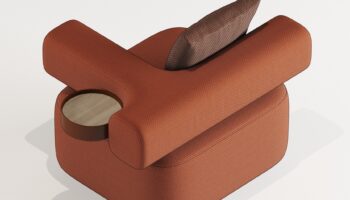
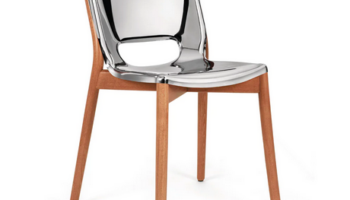


Leave a Reply